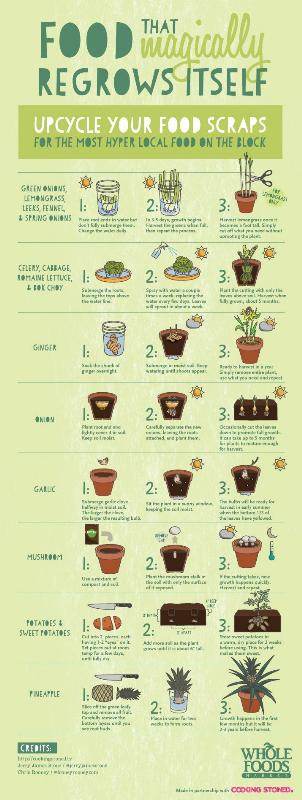
 1
1









Dave's SKIP BB's / Welcome to Permies! / Permaculture Resources / Dave's Boot Adventures & Longview Projects


















Dave Burton wrote:What is your climate, hardiness zone, and location?
My project thread
Agriculture collects solar energy two-dimensionally; but silviculture collects it three dimensionally.

















John Elliott wrote:How about hugelkultur across the side of the hill, parallel with the planter bed to the left of the deck?
My project thread
Agriculture collects solar energy two-dimensionally; but silviculture collects it three dimensionally.




Medicinal herbs, kitchen herbs, perennial edibles and berries: https://mountainherbs.net/ grown in the Blue Mountains, Australia








Check out Redhawk's soil series: https://permies.com/wiki/redhawk-soil




Jen Van wrote:I then used stakes behind the logs and over this spring and summer and the rains, even those hardly hold them--especially with a four year who loves to "walk the beams"!
MInnesota
Zone 4b
My project thread
Agriculture collects solar energy two-dimensionally; but silviculture collects it three dimensionally.





|
God is a comedian playing for an audience that is afraid to laugh - Voltair. tiny ad:
Back the BEL - Invest in the Permaculture Bootcamp
https://permies.com/w/bel-fundraiser
|




